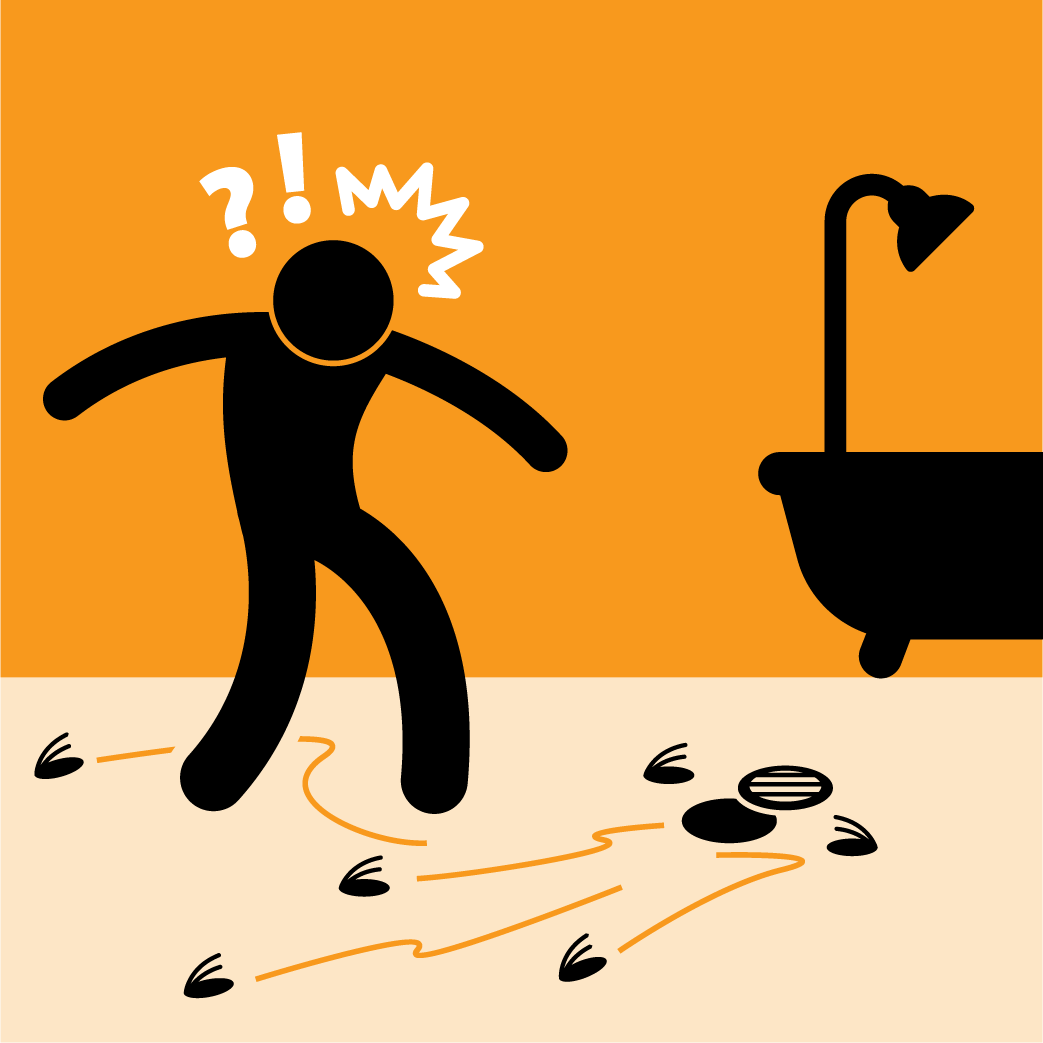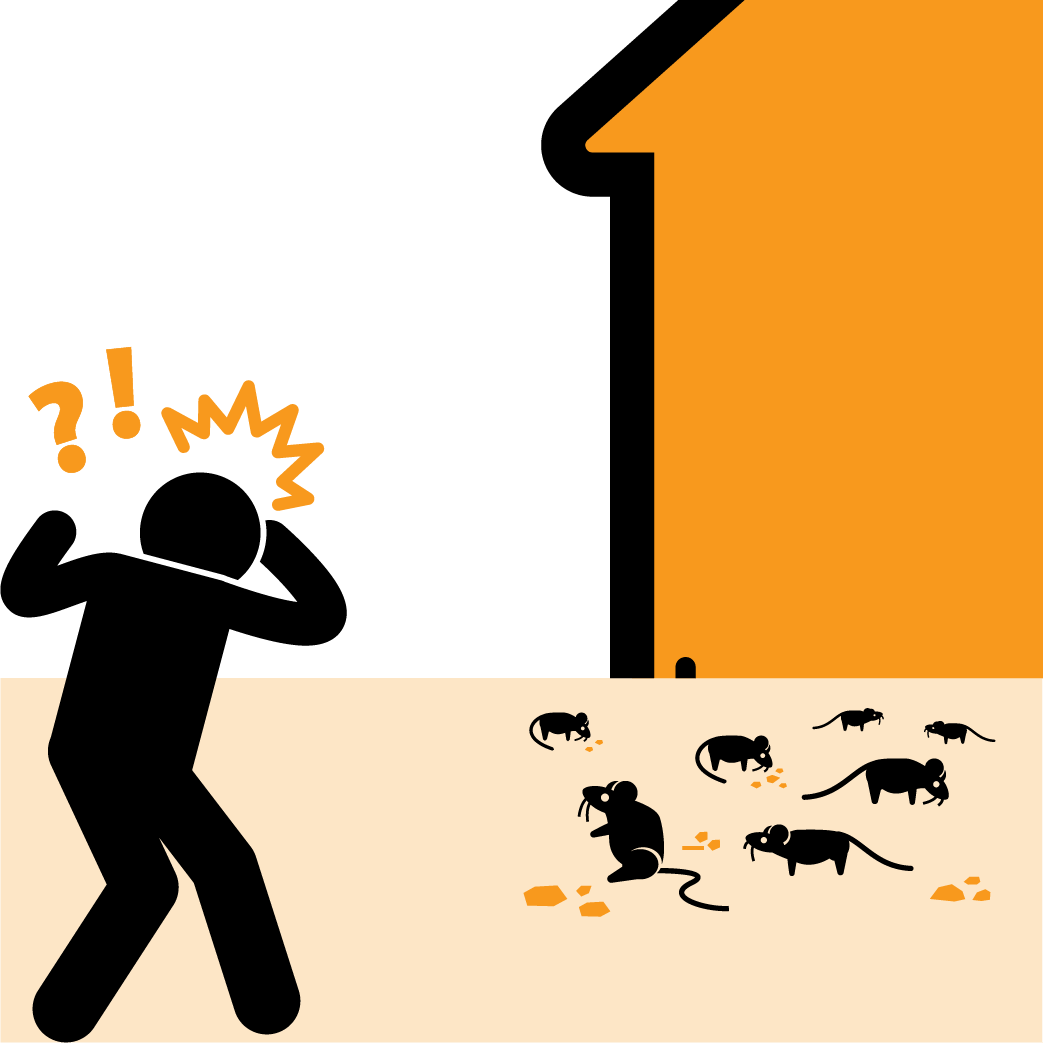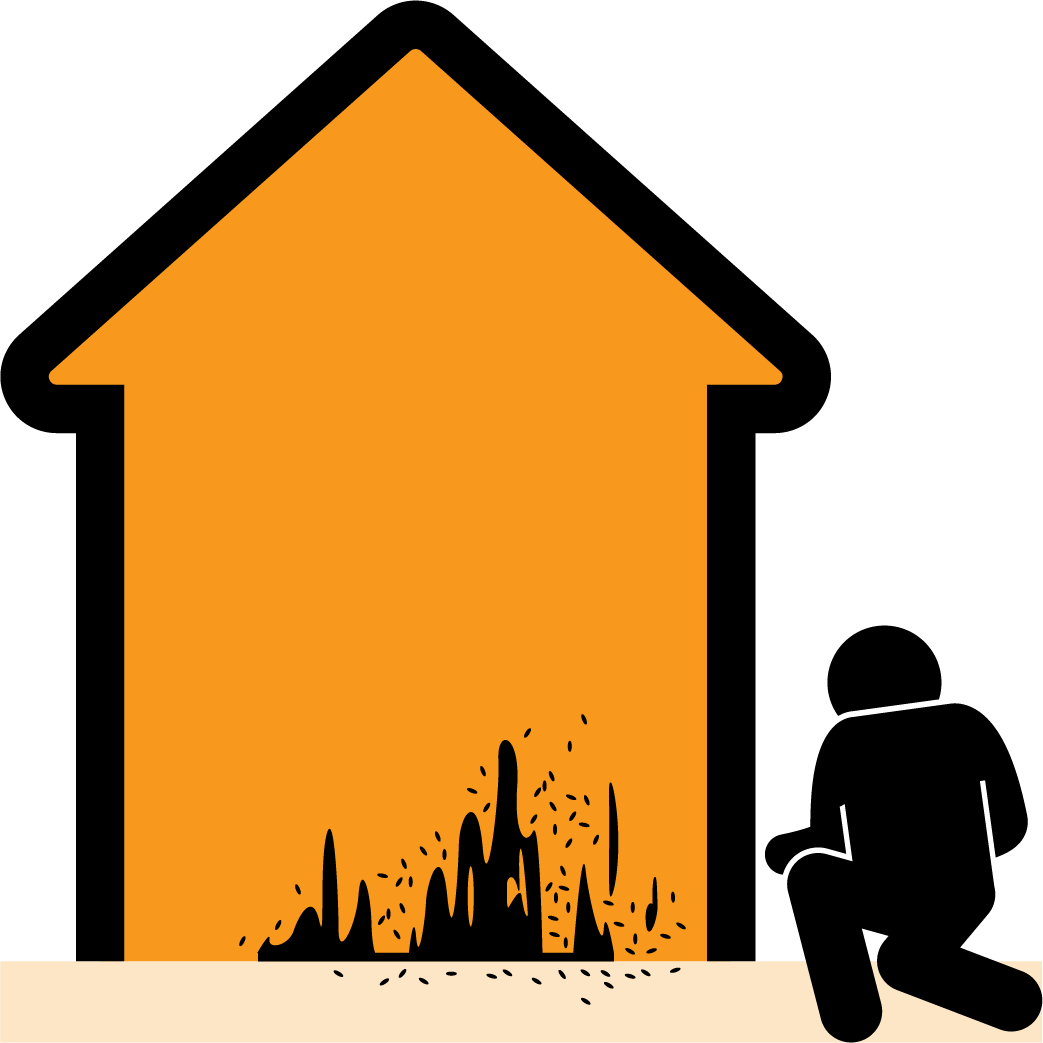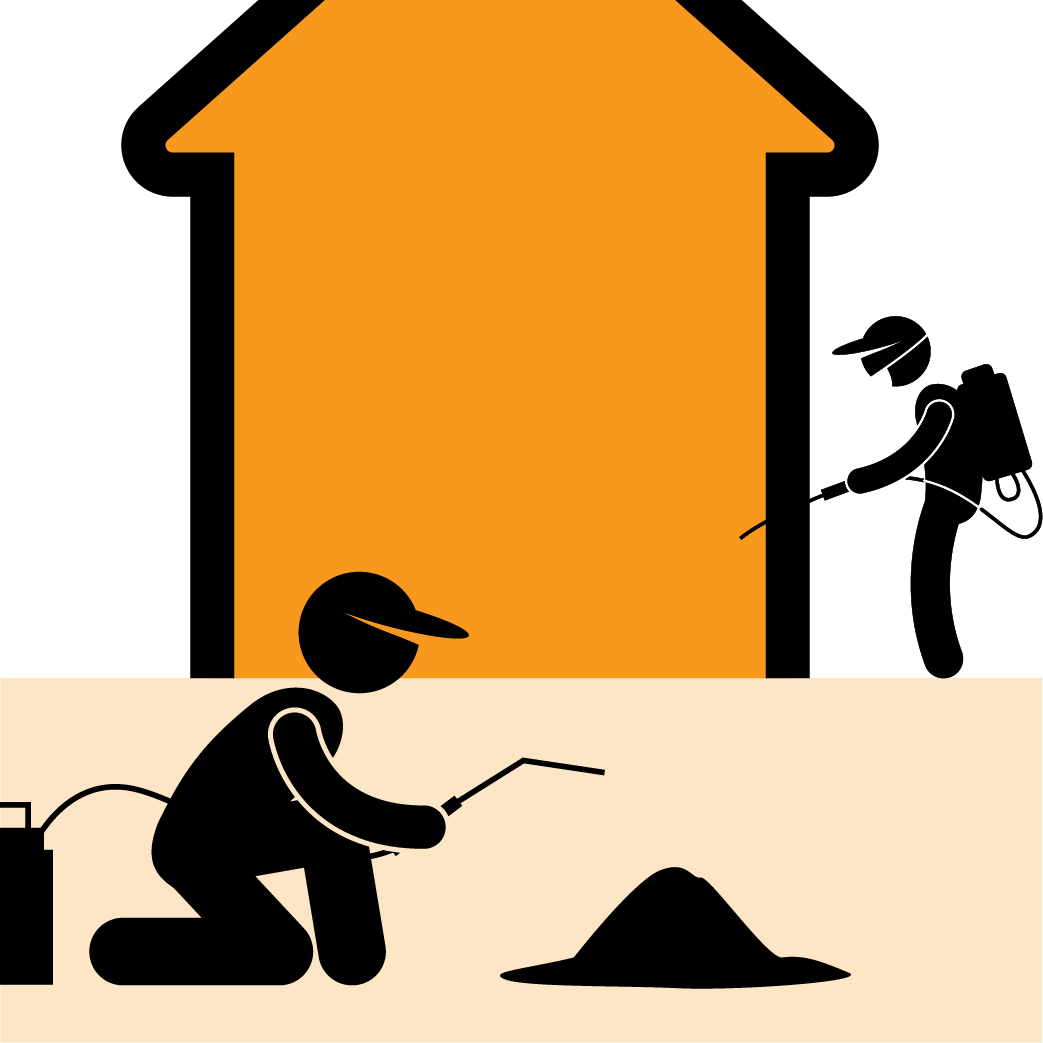Pest inspections are an essential part of the home-buying process that can often be neglected. Read on for the answers to some common questions about what pest inspectors are looking for.

A pest inspection, officially known as a ‘Timber Pest Inspection’ should be carried out prior to purchase. It will detail any timber pest activity such as termites, timber borers and wood decay.
These pests can cause significant structural damage to the timber elements in buildings such as wall, floor and roof framing. They can also cause serious safety hazards such as collapsing balconies and unsafe decks.
This type of damage is often difficult to locate, requiring the skill of a trained timber pest inspector. It is important to understand that other pests such as cockroaches, rodents and spiders are not covered by this inspection, as they are not capable of causing structural damage to buildings.

A pre-purchase inspection should be carried out as soon as possible in the buying process. This will give the buyer time to consider the findings of the report and make a decision about whether to proceed with buying the property, renegotiate or adjust an offer based on the findings, or walk away from the sale.
Due to the competitive nature of the property market, a common practice is to exchange contracts and have the inspection carried out during the cooling-off period. The problem with this practice is that the buyer has no leverage to renegotiate if something significant is found during the inspection and, if they pull out of the sale, could forfeit their deposit.

Pest inspectors should be licensed pest controllers and/or building consultants with the appropriate industry training and accreditation.
The inspector should also be covered by professional indemnity insurance to cover the consumer against professional negligence, and public
liability insurance in case of damage or injury. It is important to understand that the inspector’s insurance is not a ‘blanket cover’ for
the house, so separate building and contents insurance is essential.

The report should have a summary section at the front, which will itemise any potential problems. This should be read in conjunction with a building report for the property. To save time and money, a combined building and pest inspection is strongly recommended.
The most important considerations are structural termite damage and safety hazards. Does the report refer to termite activity in the grounds only or does it refer to structural damage in the building? If the damage is in the building, where is it and what is the extent of the damage? Is the damage only on the floor frames, which can be easily repaired? Or is it likely that the damage continues up into the walls and into the roof?
It is important to understand that termite damage is often concealed inside walls or where access is not possible. The inspector should be able to articulate to the buyer the extent of possible damage without overly exaggerating the risk or being deliberately vague.
The biggest red flag for a property buyer is the likelihood of extensive concealed structural termite damage. This damage is impossible to quantify without dismantling the building.

The mention of termite activity in a pest report is not necessarily a reason to panic and pull out of the sale. Termites can be treated. If a property has a history of termite activity, a treatment may already be in place. The report will detail past treatments and make recommendations for the future.
If damage is located in the building it is often localised activity that has not caused significant structural damage. Even where structural damage exists, repairs can be carried out. Typical structural repairs for moderate damage may only cost $5000 to $10,000. This is less than the cost of re-furbishing a leaking bathroom, a problem that is far more common in old and new properties alike. If in doubt, a short telephone conversation with the inspector can help to explain the situation and put things into context.
A property is likely to be the biggest purchase you’ll ever make, so it’s important to get the best advice on every aspect of it. Our team at Acquired can help you get the best value over the life of your home loan, while flagging up any considerations during the process that you should be aware of.
First Home Buyer
10 Tips for Property Investors
Moving Checklist